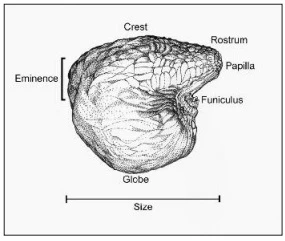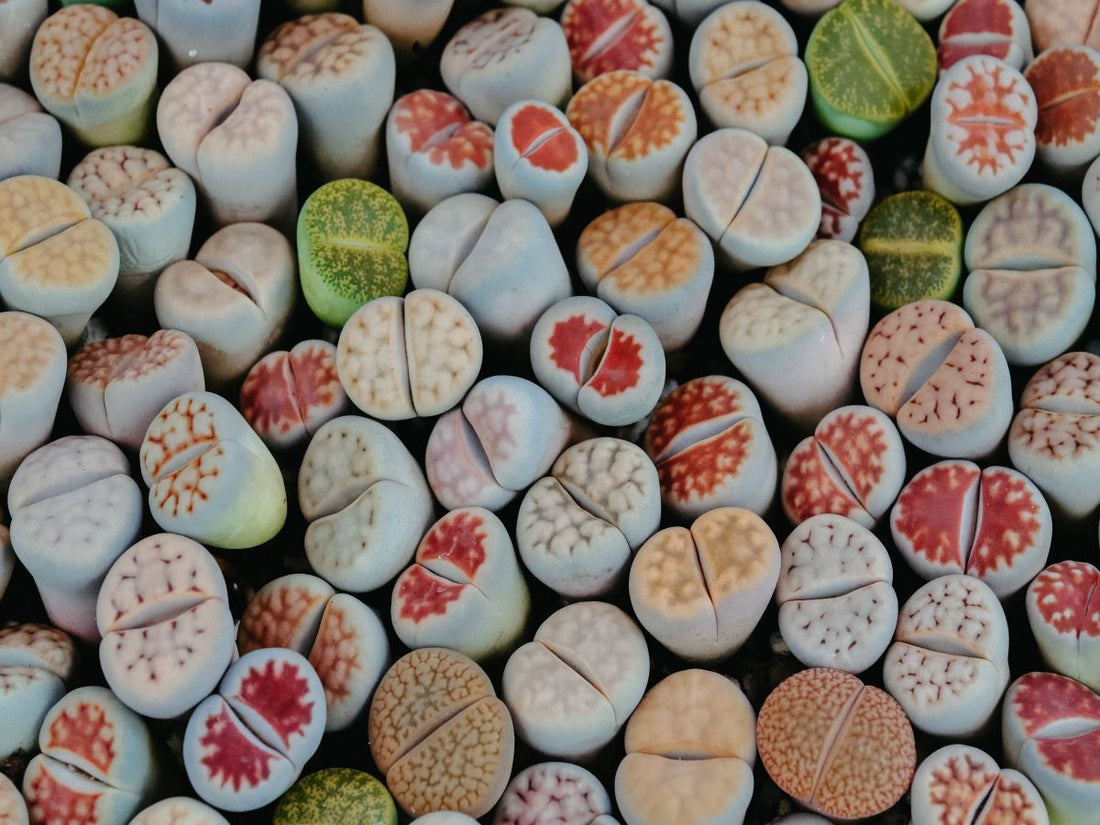We probably don’t need to tell you about all the attractions that Namibia has to offer. These range from the majestic high dunes around Sossusvlei to the diverse wildlife in the world renowned Etosha National Park and onto the second largest canyon in the world at the Fish River or visiting the rolling thunder at Epupa Falls.
Our coastline has something for everybody: from kitesurfing, dune boarding, quad biking close to Walvis Bay and Swakopmund, to saying hello to the seals at Cape Cross on your way to some fishing at Torra Bay or even catching that big swell surfing on the Skeleton Coast.
In the last few years, we have received visitors with a profound interest in culture and one on one experiences with people and therefore they try to reach the far-out places such as the Kunene Region or the entire Zambezi Strip, where interesting engagement with ancient cultural groups is almost guaranteed.
These are all larger-than-life experiences that will stay with you for as long as you live.
There is ,however, a saying "Enjoy the little things in life for one day you’ll look back and realize they were the big things". Experienced return visitors therefore love to travel to the south of the Tropic of Capricorn, where many little wonders are only to be found by the discerning eye. (One of these would be the “micro wildlife” Little 5 in the Namib Desert: the cartwheeling spider, the Palmato gecko, Fitzimons burrowing skink, Namaqua chameleon and the Shovel snouted lizard.)
Those are quite a mouth full but, in this story, we would like to take you even further south and reveal to you a remarkable flora; the lithops or so called “flowering stones”. Probably not very high on your bucket list (because you never knew they existed), but these tiny little wonders of life are certainly very worth focusing on.
Part of the group of “Aizoaceae” but in their own family of “Mesembryanthemaceae”, there are many genera of succulents that are their brothers and sisters and are strewn around the Southern biome between rocky crevices to silty flats.

Known by ancient cultures for their use in soap making, preserves, cattle grazing and even as a kind of stimulant sometimes stronger than nicotine, the locals fondly refer to the various species as “ice plants, vygies, midday flowers, beeskloutjies (cattle hooves) and flowering stones”. Though botanists and horticulturalists all around the world do not use these vernacular names but rather use the genus name Lithops, which is derived from the Greek words lithos (stone) and opsis (like), as it refers to their appearance that strongly resembles the rock amongst which they grow.

In the beautiful book “Lithops of Namibia”, written by Roy Earle and Janice Round, with assistance of Hilde and Frikkie Mouton, a whole new world will open for you. With its primary function to stabilize the soil, 38 species populate sparce areas in Southern Africa, of which 12 are only to be found in Namibia.
Find the Lithops book here https://narrativenamibia.com/collections/books-cds/products/lithops-book

Despite populating only 2.2 people per km2 in Namibia, you still need to exercise great caution in order not to step on them as they are masters in disguise! They adapt perfectly to their habitat but in fact are great drama queens. An adult plant consists of only two opposite fleshy leaves that are fused together at the base, and these are referred to as the “head” of the plant. The surface area, that has many different markings, such as textured ridges, warts, smooth, or are decorated with water cells, is therefore called the” face”.

It is at the end of the growing season, normally early winter, that the plant will go to rest and where the two leaves shed their patterned skins of the head like a snake, and two new leaves are formed at the base. You can guess their age by the number of dried leaf shells as they count for each year. If there are many years of drought, the heads will shrink, and the plant may be buried under the surface of the soil.
But they express their real showmanship once a year, mostly 2-3 weeks after the rains where they will produce a flower bud which will flower soon after. The flowers are bright, beautiful and strongly scented and only open as from the afternoon, closing after sunset, thereby attracting their favourite pollinators such as bees, flies and ants. This process happens for only 7-10 days so their time in the limelight is quite short.
The seed capsule that appears after this process holds hundreds of seeds which mature inside whilst the capsule dries out and becomes woody to protect its content until the next rain arrives. And so, the cycle repeats itself, with only an approximate 1 % of the seeds that make it into maturity. Even in the best of conditions, a plant needs to grow 3-4 years before it can delight us with a flower again.

Wait a minute; Namibia has had above average rainfall this year so far!
There is however no need to put on your hiking shoes, pack your magnifying glass and start scouring through the desert for these beautiful lithops. All you need to do is book comfortable farm style accommodation with Alte Kalkofen Lodge, drive towards Lüderitz from Keetmanshoop and enjoy a wonderful dinner under the starry skies. The next day, visit their Lithoparium situated in their garden area, and you will find yourself speaking in baby language to all their 16.000 plants and seedlings. If you are lucky, you will bump into Hilde and Frikkie Mouton, whose passion for these babies is truly contagious.
After all, we shouldn’t sweat the small stuff, but we can mind the small things to bring us simple joy and happiness.
Click here to learn more: https://www.youtube.com/watch?v=A8F1JHWpqgI
Written by: Sonia Noirfalise

